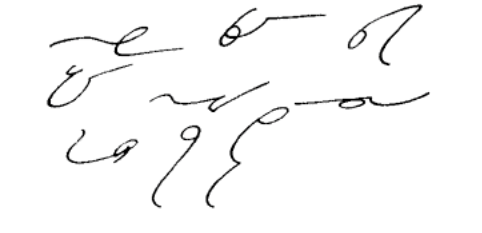Back in the Day: A Look at Transcription Technology Through the Ages
What makes shorthand short? Making sense, physically and conceptually
One way shorthand speeds writing is by minimizing and smoothing the physical movements required. The simple strokes are designed to flow into one another, so no time is wasted in transitions. They are even ‘blended’ into single strokes representing strings of sound. (For a good description of Gregg shorthand, read Dennis Hollier’s article in The Atlantic.)
Common words are abbreviated, often to a single letter. Much of spoken English is made up of repeated common words, so this saves a lot of time. Stenographers may use idiosyncratic abbreviations, or rely on context and memory to know exactly what they wrote–that’s why shorthand transcriptions then need to be transcribed (usually by the same person) into longhand, so meaning is not lost.
‘Phrasing’ is the blending of these abbreviated words into common phrases, so a few strokes come to represent a several-word sentence. Think about all the little phrases that get repeated in a courtroom situation, for example. (BTW, it works a little like texting abbreviations.)

glass of milk, pint of milk, atom bomb, opened the door, closed the door, main line, flight of stairs, half a block, about a block
Image from Gregg Shorthand website
Carmen Perry
- Topics:
- Best Practices
- Famous Transcripts
- Local Color
- The Wide World of Transcription
- Tigerfish News
- Transcription Technology
- Transcription Tips
- Video Transcription
- What is Transcription?

 See More
See More 


